- Group Exhibition »To Light, Shadow and Dust« Berlin, 2022
- »The Enigma of Color« Berlin, 2021
- »Botanica« Mexico City, 2019
- »The eye you see is not an eye because you see it, it is an eye because it sees you« Berlin, 2017
- Group Exhibition »GATHERED FATES curated by Ignasi Aballí« Berlin, 2015
- Group Exhibition »DRAWN« Berlin, 2014
- »WHERE OUR BRAIN AND THE UNIVERSE MEET« Berlin, 2013
- »Ill tell you how the Sun rose« Stockholm, 2012
- Group Exhibition »Umstülpung - curated by Günter Umberg« Berlin, 2012
- Group Exhibition »Time's Arrow« Stockholm, 2010
- »Amabilis Insania« Berlin, 2010
- Group Exhibition »SUMMER SHOW« Berlin, 2009
- »In Praise of Shadows« Berlin, 2007
- Group Exhibition »Alice Doesn't Live Here Anymore« Stockholm, 2006
- »Prussian Blue« Berlin, 2005
- Group Exhibition »Pale Fire« Berlin, 2003
-
Gunhild Kübler: Überblendungen, In: Kirsten Claudia Voigt, Leonie Beiersdorf: Inventing Nature – Pflanzen in der Kunst, Kunsthalle Karlsruhe 2021
-
Susan Cross: An Introduction to the Work of Spencer Finch, in: Spencer Finch. The Brain is Wider The Sky, Prestel, 2015
-
Kennedy, Randy, The Searing Blues of the 9/11 Sky, The New York Times, May 15, 2014
-
Mark Godfrey: Spencer Finch. Measures and Pleasures, Parkett, 29, June 2007
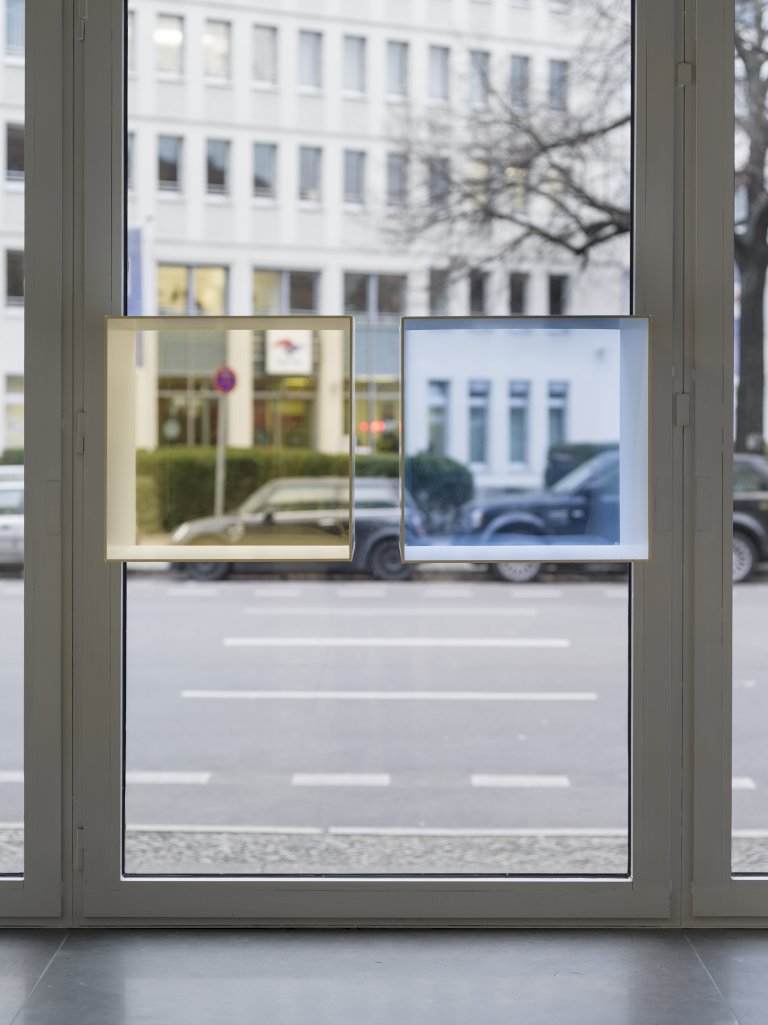
Berlin Light Study (Afternoon becomes Morning, Morning becomes Afternoon), 2013, filters, foam core, tape, each 45 x 45 x 30 cm
Spencer Finch »WHERE OUR BRAIN AND THE UNIVERSE MEET«
Berlin, November 16, 2013 - January 10, 2014
Galerie Nordenhake is pleased to present new and recent work by Spencer Finch in his fourth solo presentation with the gallery in Berlin. The exhibition follows his ongoing exploration into the most elusive of subjects: Color and its perception, or what Cezanne is said to have described as “the place where our brain and the universe meet.” On view are drawings, collages, light installations and a window work using the incoming natural light. Each of the works reveals a different mode of analysis and approach to its subject, giving the exhibition a feel akin to that of an experimental laboratory.
Color Test (624), 2013 for instance, consists of a light box confronting the viewer with an overwhelming abundance of colors. In a process comparable to the mixing of pigments on a painter’s palette, Finch filters the “neutral” white emanating from the light box with two layers of translucent film imprinted with an irregular checkerboard pattern in different hues. The result, a total of 624 different individual color variations, calls into question the limitations of visual perception and differentiation. Indeed, it is unclear how many colors the human eye can discriminate. The Optical Society of America estimates between 7.5–10 million, while other scientists maintain that effectively no more than 180 hues can be distinguished.
The diptych Study for Disappearance, 2013 is related to phenomenological questions of color perception. The work records the changes in the perception of our surroundings when faced with the absence of light. In this case, the artist studied the appearance of colors on nearly 100 different objects in his Brooklyn studio during daylight, matching their tones in watercolor applied on paper. The resulting drawing is paired with a record of the identical objects, this time observed at dusk as the colors shift to grayscale.
Philosophical questions concerning color and light lie at the core of the series of collages Remarks on Color, 2012. Here, the artist has taken Wittgenstein’s treatise of the same title as a starting point – a seminal collection of notes attempting to clarify the use of language about color. Finch uses equally sized strips of colored paper and lighting filters in order to create visual representations of the notes Wittgenstein referred to as the “puzzle questions”, and thus forms his own set of translations from the realm of language and logic into the world of sensory perception.
In his essay ‘Visions of Color in World History’, historian Robert Finlay describes the exceeding complexity of color as follows: “Like a rainbow in the heavens, it is impossible to grasp and evanescent in thought; it transcends language, clouds the intellect, and evades categorization. Receptive to neither description nor facile explanation, color and the feelings it evokes seem beyond reason and control.” Much of Finch’s work situates itself between scientific investigation and subjective observation, seeking out the poetic tension within the mechanics of perception. Indeed, while the exhibition reveals a desire to capture the essence of constantly changing light and color phenomena, Finch reminds us at the same time of the inherent impossibility of this undertaking.
Spencer Finch was born in New Haven, Connecticut, in 1962, and lives and works in Brooklyn, New York.
He participated in the 53rd Venice Biennial in 2009, Folkestone Triennial, UK (2011), Turin Triennial (2008) and the Whitney Biennial (2004). A survey exhibition titled What Time Is It on the Sun? was on view at MASS MoCA, North Adams, MA in 2007-2008. Recent solo exhibitions include the Indianapolis Museum of Art, IN (2013), Museum of Art, Rhode Island School of Design, Providence, RI (2012), The Art Institute of Chicago, Chicago, OH, Museum of Contemporary Art San Diego, CA, Emily Dickinson Museum, Amherst, MA (all 2011), Corcoran Gallery of Art, Washington, DC and Frac des Pays de la Loire, Carquefou, FR (both 2010). His large-scale window installation The River that Flows Both Ways is currently on view at the High Line in New York. Other recent public commissions include: A Cloud Index, The Culture Line at Paddington station, London, UK (2013) and the Glass Façade Design for The Johns Hopkins Medical Center, Baltimore, MD (2012), amongst others.
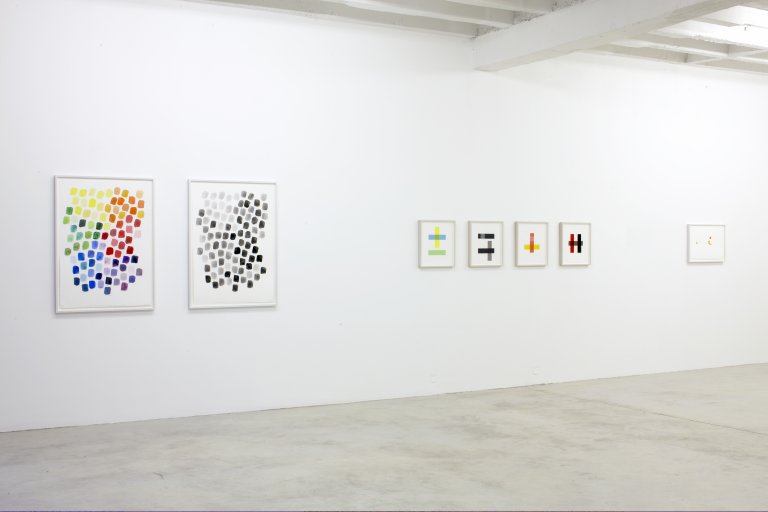
Installation view

Berlin Light Study (Afternoon becomes Morning, Morning becomes Afternoon), 2013, filters, foam core, tape, each 45 x 45 x 30 cm
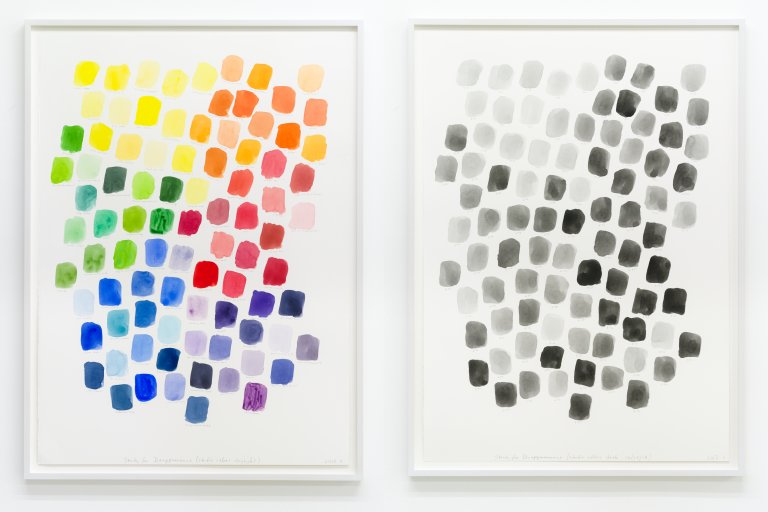
Study for Disappearance, 2013, water color and pencil on paper, each 104.8 x 75 cm
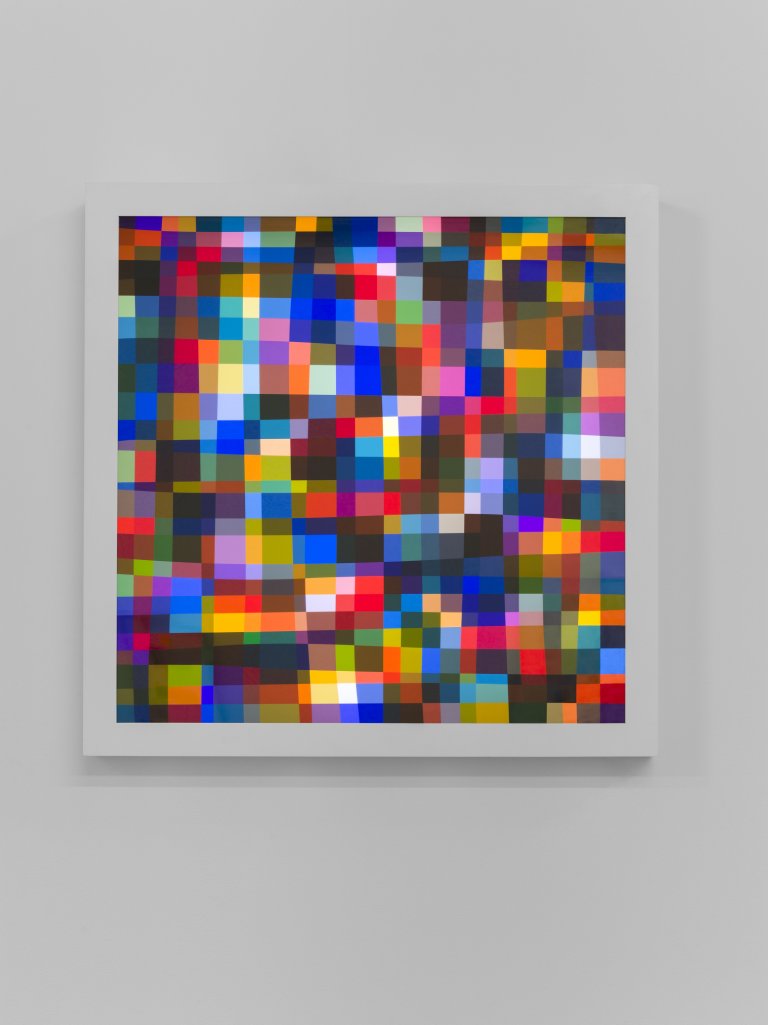
Color Test (624), 2013, lightbox (C-trans mounted on plexiglass, wood, fixtures, lamps), 76 x 76 x 12.5 cm
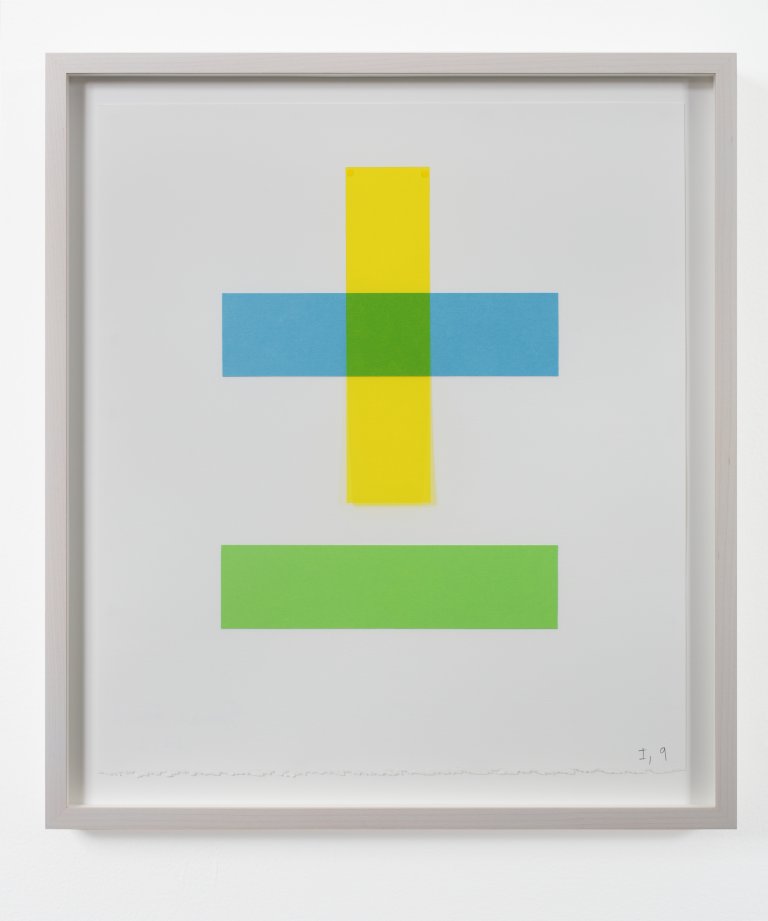
Remarks on Color I, 9, 2012, filter and paper collage, 45.5 x 40.5 cm
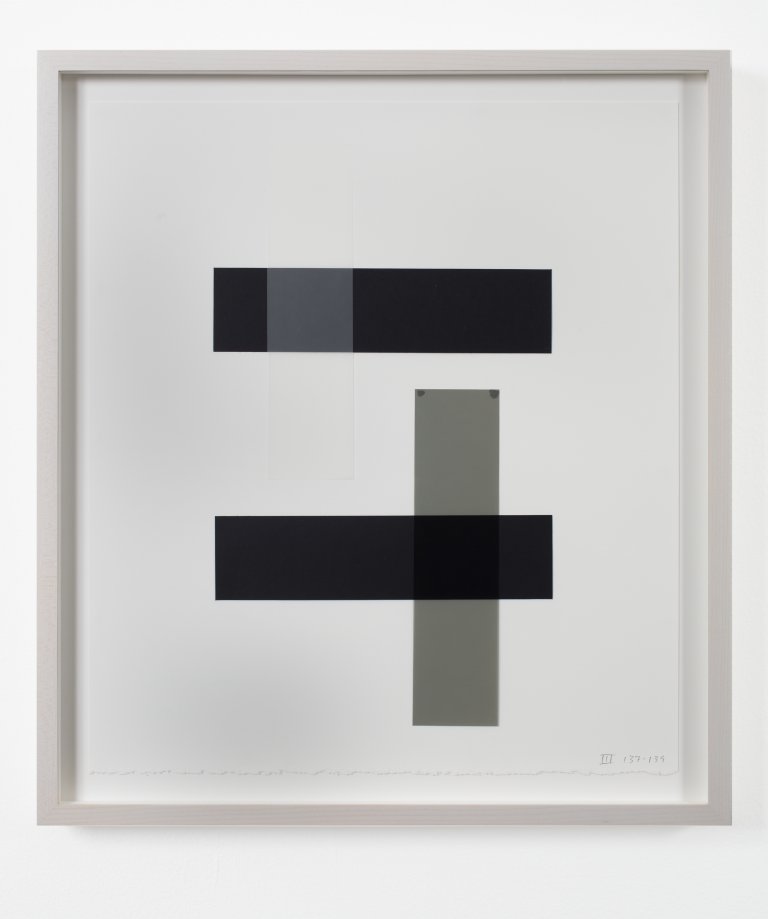
Remarks on Color III, 137 - 139, 2012, filter and paper collage, 35.5 x 40.5 cm
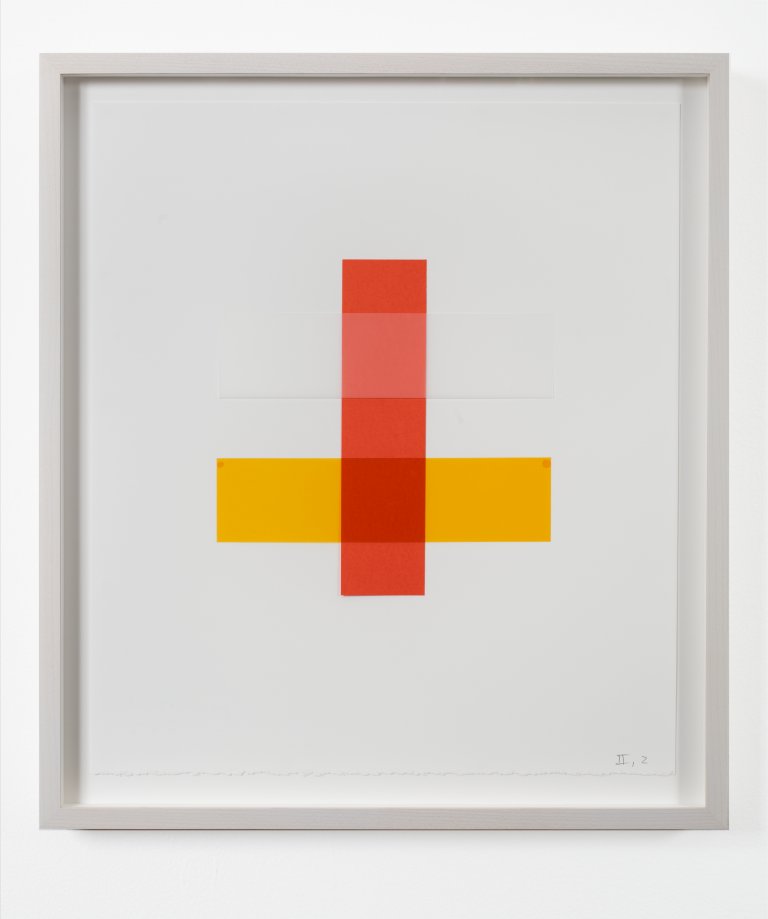
Remarks on Color II, 2, filter and paper collage, 35.5 x 40.5 cm
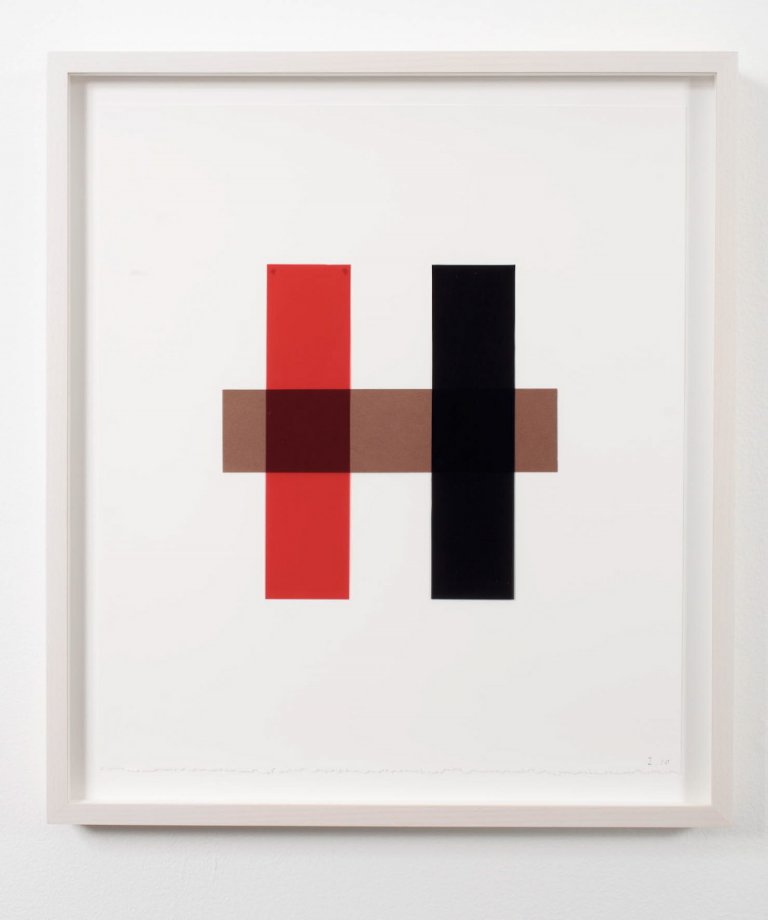
Remarks on Color I, 10, filter and paper collage, 35.5 x 40.5 cm
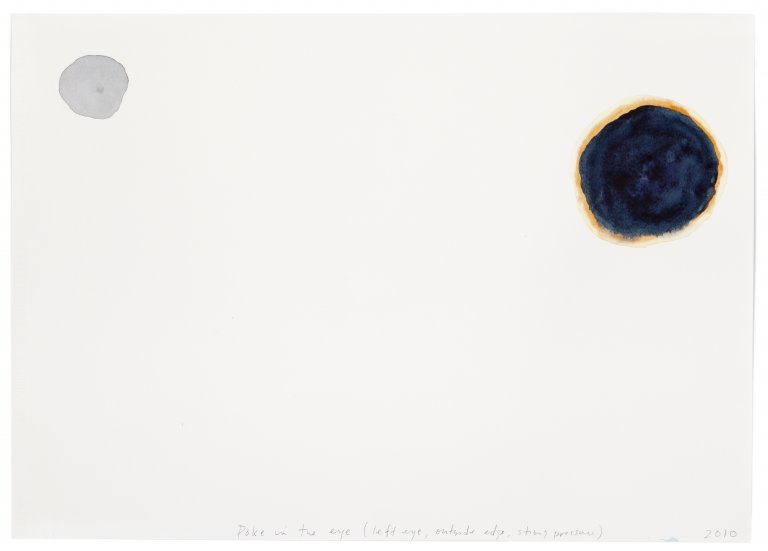
Poke in the Eye (Left Eye, Outside Edge, Strong Pressure), 2010, watercolor on paper, 55.9 x 76.2 cm
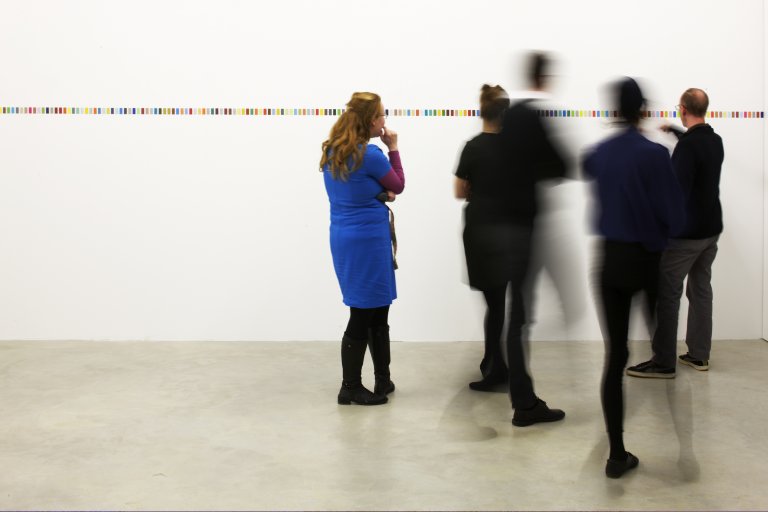
A Walk Through Berlin (with Claudia), November 12, 2013, 252 Pantone Color Swatches, dimensions variable
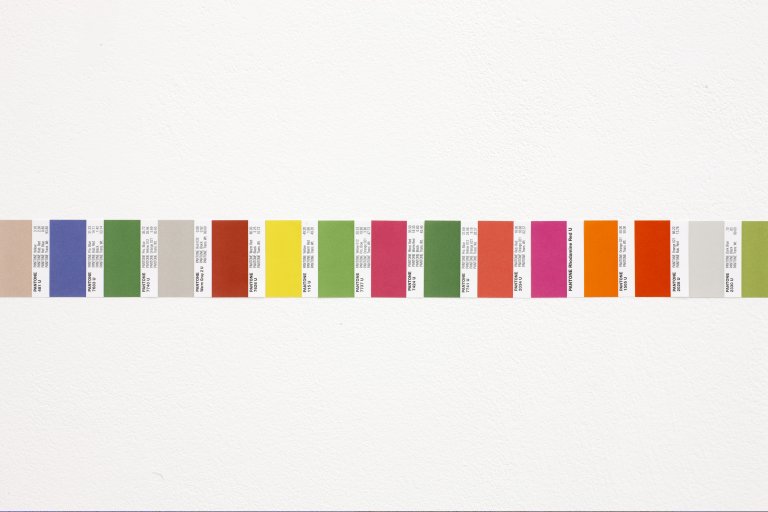
A Walk Through Berlin (with Claudia), November 12, 2013, detail
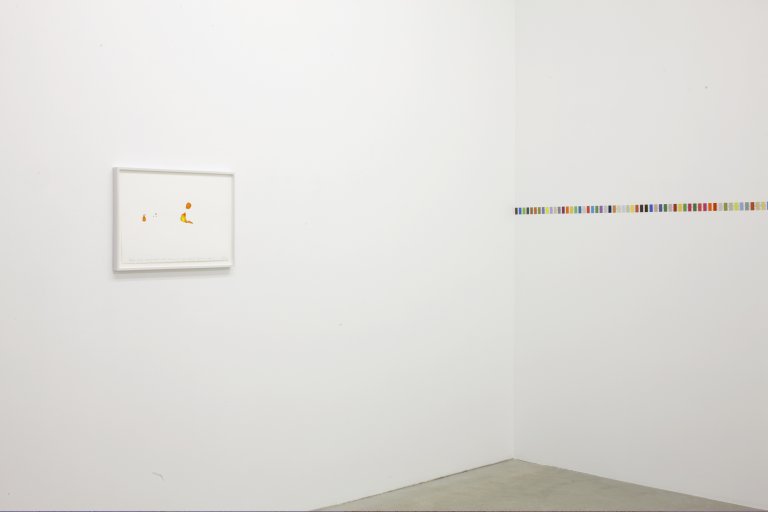
Installation view "WHERE OUR BRAIN AND THE UNIVERSE MEET", Gallery Nordenhake Berlin 2013